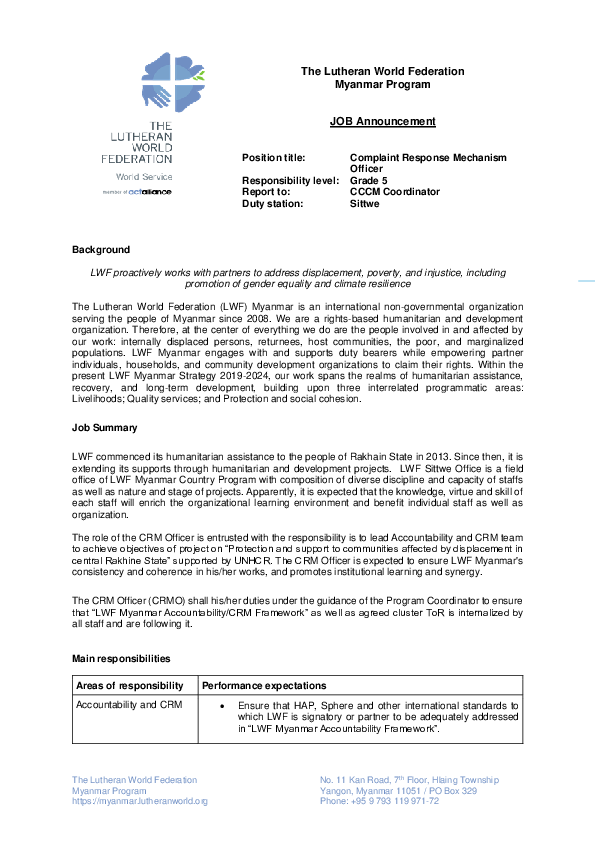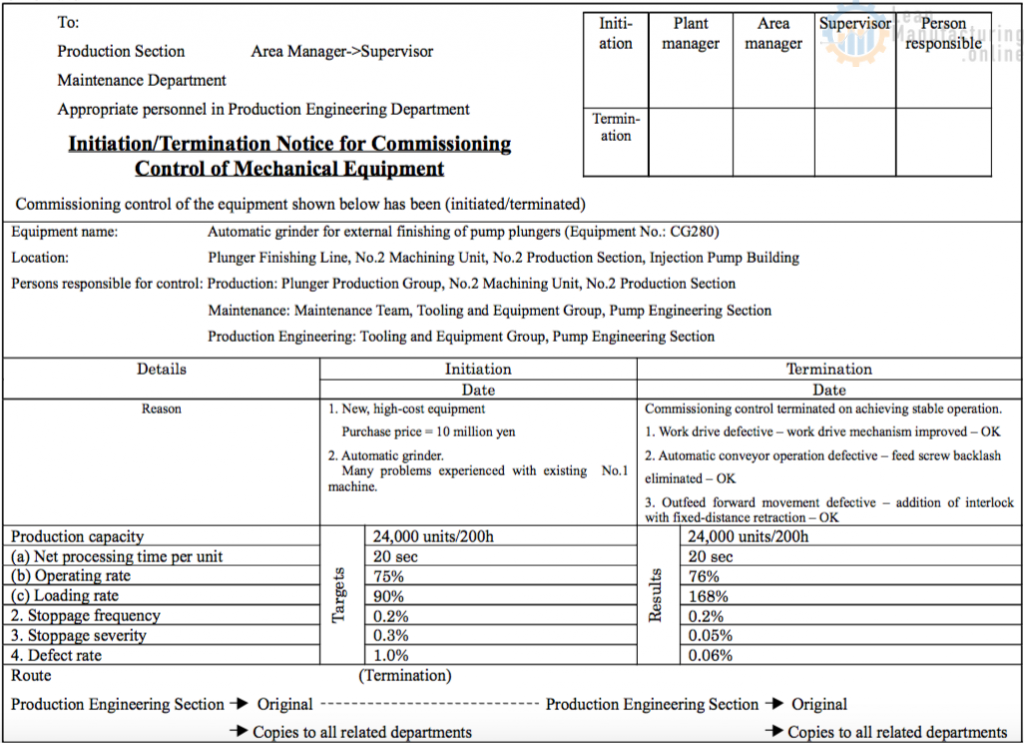

Kommuner dropper en ud af syv vindmølleplaner.

En analyse af idéer, EU-krav og globaliseringens betydningįor liberaliseringsprocesserne i de danske sektorer for telekommunikation og elektricitetsforsyning. Denmark 2017 review (Energy policies of IEA countries). Source: IEA/IRENA renewables policies database. Denmark 2011 Review (Energy policies of IEA countries). Bricolage versus breakthrough: Distributed and embedded agency in technology entrepreneurship. Communication from the commission: Guidelines on state aid for environmental protection and energy 2014–2020 (2014/C 200/01). Energy system transformation and long-term interest constellations in Denmark: Can agency beat structure? Energy Research & Social Science, 11, 164–173.Įuropean Commission. Jörgens (Eds.), A guide to EU renewable energy policy: Comparing Europeanization and domestic policy change in EU member states (pp. Land-based wind energy cost trends in Germany, Denmark, Ireland, Norway, Sweden and the United States. Retrieved 13 April 2023, from: ĭuffy, A., Hand, M., Wiser, R., et al. Danish Energy Agency, news release 6 February 2023. Energistyrelsen har stillet sagsbehandlingen af havvindmølleprojekter og øvrige VE-projekter under åben dør-ordningen i bero. Thor Wind Farm I/S skal bygge Thor Havvindmøllepark efter historisk lav budpris. Vindmølleindustrien som historisk flagskib. Østersølande lover at syvdoble strømmen fra havvindmøller. Retrieved 10 January 2023, from: ĭanmarks Radio. Danmark spiller afgørende rolle i storstilet klimaplan: Halvdelen af EU’s havvind skal komme fra Nordsøen. Retrieved 10 March 2023, from ĭanmarks Radio. Integrated National Energy and Climate Plan under the Regulation of the European Parliament and of the Council, on the Governance of the Energy Union and Climate Action. Retrieved 10 March 2023, from: ĭanish Ministry of Climate, Energy and Utilities. Aftale mellem regeringen (Socialdemokraterne, Det Radikale Venstre, Socialistisk Folkeparti) og Venstre, Dansk Folkeparti, Enhedslisten og Det Konservative Folkeparti om den danske energipolitik 2012–2020. En katastrofe for den grønne omstilling: Regeringen bremser kæmpe udbygning af havvind. Retrieved 11 March 2023a, from: īredsdorff, M. Interview: Minister er ‘irriteret, sur og frustreret’ over ændring. Retrieved 10 March 2023, from: īredsdorff, M. Valgforskere afblæser generationskampen: Folketingsvalget var et klimavalg for både unge og ældre. Lilleholt: De grønne ambitioner er skruet op. Lilleholt: vi har fået noget fra hånden med grøn realisme. This is also a result of Danish policies that provide R&D support. Finally, technology costs have declined steadily.

However, Danish national wind power policies have struggled to find a balance among ‘green’ industry, climate, and environmental policy objectives on the one hand, and local influence and acceptance on the other. National-level politics have been receptive, providing broad support to major wind power industrial interests. EU adaptation pressure has played a minor role, as Denmark has generally been ahead of the EU’s renewable energy policies. Explanations for this development point initially to the energy-economic situation, as policies and the development of wind were accelerated by the need for alternatives to oil and gas and very good wind resources. Still, Danish policies have brought a fairly steady increase in installed wind power capacity and production, yielding an electricity share of nearly 50% in 2020. There has also been a shift towards a reduction in wind power-specific subsidy levels. The aim has been to aid technology development on large-scale turbines and wind power deployment. As a first mover in wind power, and quite active in developing offshore wind, Denmark has implemented and adjusted a mix of technology ‘push’ and market ‘pull’ policies, supported by a carbon tax on energy.


 0 kommentar(er)
0 kommentar(er)
